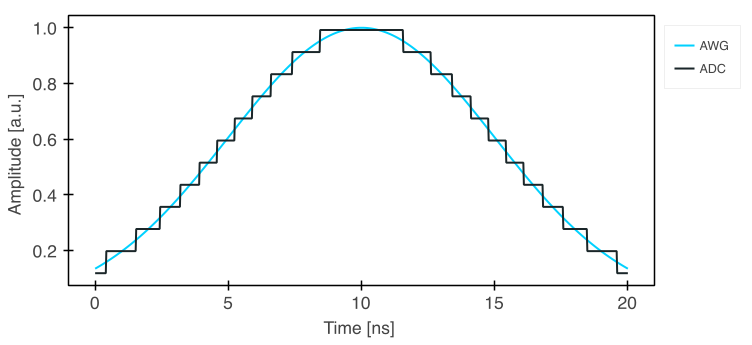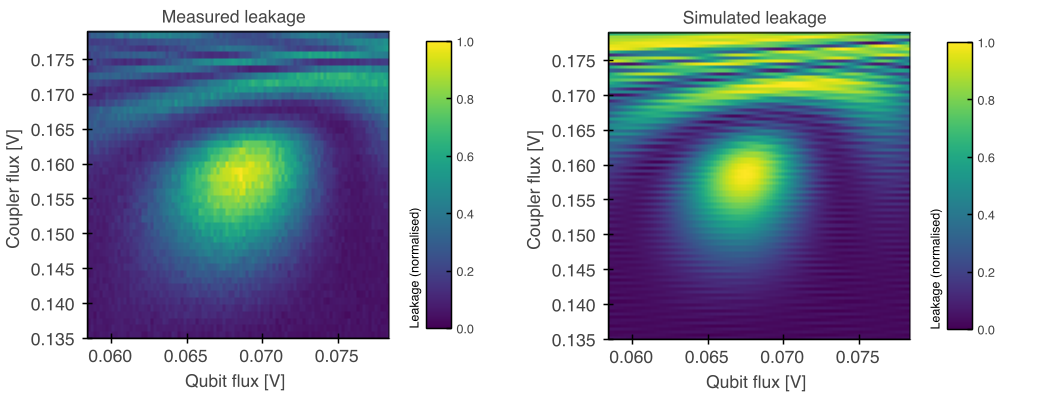QruiseML
Predictive modelling for quantum
Digital twin
Create a perfect replica of your quantum system
Model learning
Closes the gap between experiment & simulation
Optimal control
Obtain the perfect control parameters for maximum performance
Error budget
Quantify your sources of error, so you know exactly what to focus on
QruiseML uses advanced model learning to generate highly accurate digital twins of quantum devices.
From arbitrary experimental data, QruiseML learns system parameters and iteratively reduces the statistical distance between the output of the digital twin and the real quantum device. This allows users to accurately model their system and and explore the impact of varying parameters.
QruiseML generates an error budget - a detailed breakdown of the various device and control imperfections - enabling the user to fully understand which parameters are limiting device performance. In this way, QruiseML helps prioritise high-impact improvements and guides the design of next-generation quantum devices.
Quantum computing
superconducting
Rydberg atom
trapped ion
NV centres
spin qubits
Quantum sensing
Gyroscope
Magnetic
Atomic clock
Photonic
How do we learn?


Features of QruiseML
Quick and simple simulation setup
Choose which features to use with fully modular design
Seamless integration with existing ecosystem, e.g. QuTiP
Efficient for reduced resource utilisation


Simulation of arbitrary wavefunction generator (AWG) and analogue-to-digital converter (ADC)
signals.
Emulate control stack behaviour
Fully modular: easily add or remove components to match your exact setup
Tune parameters to optimise gate operations
Counter unwanted effects with filter functions
Easy modelling of two-qubit systems
Effortlessly compare simulation & experimental data
Accurately model CZ & iSWAP gates, tuneable couplers, flux crosstalk & more

Leakage out of the |110〉after a CZ gate, showing close agreement between measured and
simulated data.

Comparison of simulation time for different problems using Qruise vs other software suites.
Rapid characterisation
Faster than other simulation software suites
Fully written in JAX, differentiable, easily portable to GPUs